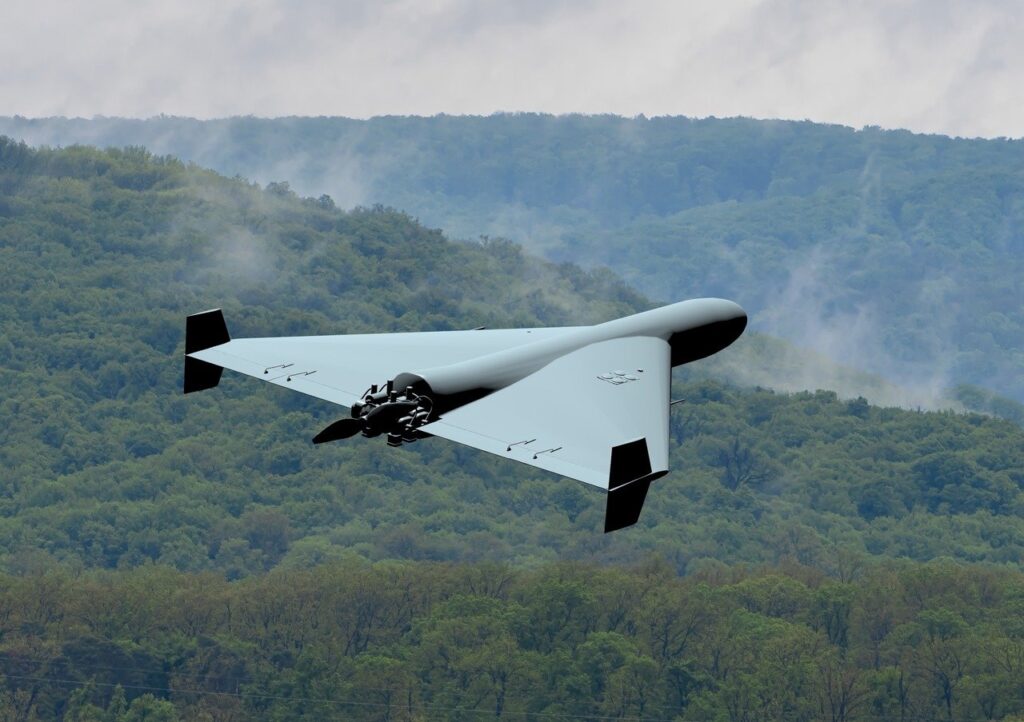
How Would the F-35 Do in a War Against Russian or Chinese Fighters? This Old Jet Might Know.
If the F-35 is to survive in future wars, its operators must devise tactics that take advantage of this one attribute, Kopp advised. “The decisive factor for the JSF in this game will be its limited stealth performance.”
The U.S. military’s new F-35 Joint Strike Fighter can’t turn fast enough to defeat a much older F-16 in mock air combat, according to an official test pilot report that War Is Boring obtained.
So how will F-35s — on track to be the U.S. Air Force’s most numerous fighter — survive in battle against foes flying much more nimble Russian and Chinese jets?
(This first appeared several years ago.)
Look to history for possible answers. Fifty years ago, the Air Force was in a similar predicament. Its main strike fighter was the F-105 Thunderchief — a heavy, high-tech ground-attacker that, much like the F-35, was supposed to also be able to defeat enemy fighters.
But in fact, the F-105 — like the F-35 — turned too slowly to reliably beat the Russian-made MiG-21, the Thunderchief’s main potential rival at the time. So the Air Force worked out special tactics to help the F-105 survive.
The flying branch will have to do the same for the F-35.
The similarities between the F-35 and F-105 are striking. “Both the F-105 and JSF are large, single-seat, single-engine strike fighters, using the most powerful engine of the era … [and] with empty weights in the 27,000-pound class, and wingspans almost identical at 35 feet,” Carlo Kopp, an Australian aerospace analyst, wrote in 2004.
(Recommended: 5 Worst Fighter Aircraft of All-Time)
“Both carry internal weapon bays and multiple external hardpoints for drop tanks and weapons,” Kopp continued. “Both were intended to achieve combat radii in the 400-nautical-mile class. Neither have by the standards of their respective periods high thrust-weight ratio or energy maneuver capability favored for air superiority fighters and interceptors.”
The Air Force acquired 833 F-105s and lost no fewer than 334 over Vietnam between 1965 and 1970. North Vietnamese MiGs shot down 22 Thunderchiefs while, according to Kopp, F-105s shot down at least 27 MiGs — near parity in air-to-air combat.
But the Pentagon wasn’t content with parity. To improve its tactics, in 1969 the Air Force conducted mock air battles between an F-105 and a ex-Iraqi MiG-21 as part of the Defense Intelligence Agency’s “Have Doughnut” program. The MiG’s pilot had defected to Israel with his jet, and the Israelis generously allowed the Americans to borrow the speedy, nimble little fighter.
The experiment did not go well for the F-105. Encountering a MiG-21, the F-105 crew should try to flee, the testers advised. If the F-105 was behind the MiG-21 and the MiG flier didn’t know it, the Thunderchief crew could attempt a high-speed ambush.
(Recommended: Why Is the World’s Fastest Plane in a Museum?)
But when the F-105 and MiG-21 started out in equal and opposite positions, the American plane was in trouble. “If the F-105 attacker attempts a prolonged maneuvering engagement, it becomes vulnerable to follow-up attacks as the offensive situation deteriorates due to loss of energy and maneuvering potential,” the Air Force reported.
The F-35 pilot in the JSF-on-F-16 test reported a similar dynamic. “Insufficient pitch rate,” the F-35 flier complained about his stealthy fighter-bomber. In a turning fight, “energy deficit to the bandit would increase over time.”
But while the F-105 enjoyed a straight-line speed advantage over most rivals, the F-35 is actually slower than today’s Sukhoi, Shenyang and Chengdu fighters. Fortunately, the JSF is a stealth warplane, with design features that help it avoid detection by long-range sensors in certain circumstances.
If the F-35 is to survive in future wars, its operators must devise tactics that take advantage of this one attribute, Kopp advised. “The decisive factor for the JSF in this game will be its limited stealth performance.”
This first appeared in WarIsBoring here.


